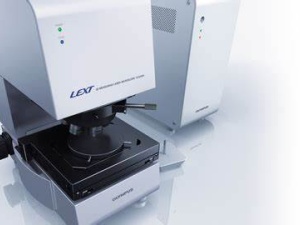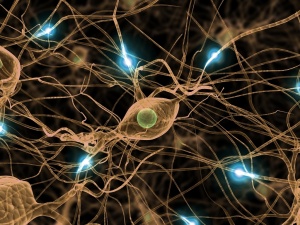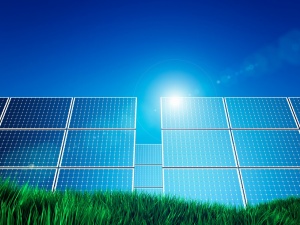Electric Field Driven Reversible Spinodal Dewetting of Thin Liquid Films on Slippery Surfaces
Abstract
The stability of thin liquid films on a surface depends on the excess free energy of the system involving various short-range and long-range interactions. When forced to wet an unfavorable surface, thin liquid films dewet into multiple small-sized droplets via spinodal, homogeneous, or heterogeneous nucleation process. However, if the total excess free energy of the system can be manipulated using external stimuli, for example, electric field, temperature, or light, one can control the stability of thin liquid films on demand. Here the electric-field induced reversible dewetting and rewetting of thin liquid films underneath aqueous drops on slippery surfaces is studied. Upon applying voltage, hundreds of nanometer thick stable liquid films dewet in a manner identical to the spinodal dewetting of few nanometer-thick liquid films following the linear stability analysis. Upon removing the applied voltage, the dewetted droplets spread, coalesce with neighboring ones, and form a uniform film again, albeit taking significantly longer times. The characteristic features defined via spatial and temporal evolution of the dewetting and rewetting processes are present over multiple cycles suggesting the complete reversibility of the process.






